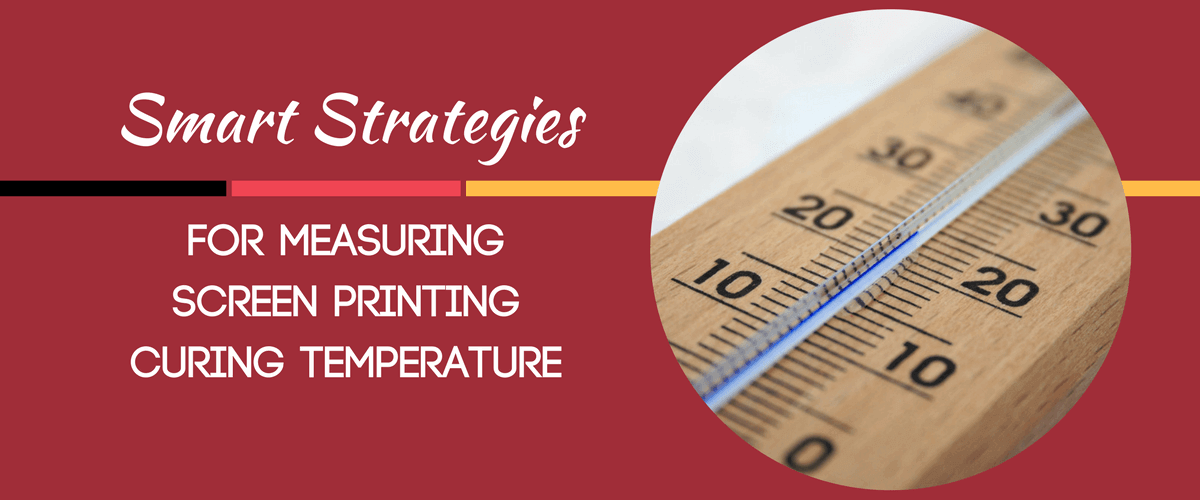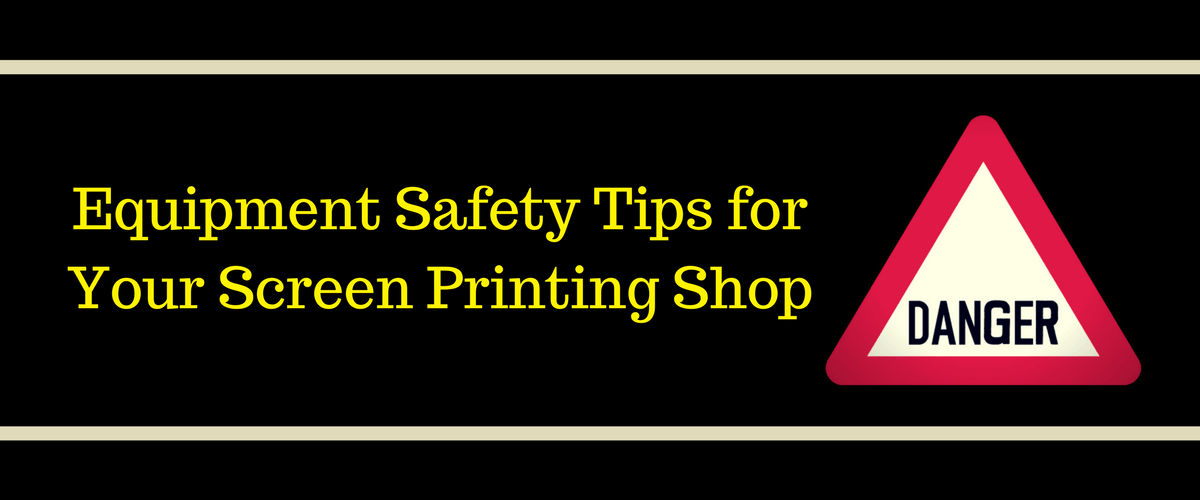

Revolutionizing the screen printing industry through cutting-edge technology and quality service
Anatol Equipment Manufacturing Co.
1429 S Shields Dr
Waukegan, IL 60085


Revolutionizing the screen printing industry through cutting-edge technology and quality service
Anatol Equipment Manufacturing Co.
1429 S Shields Dr
Waukegan, IL 60085

During the day to day operation of your screen printing business, it’s easy to get so busy working in your business that you forget to work on your business. As a business owner, if you have a team of employees working under you, it should free up time for you to step back from the fine details and take a look at improving the big picture.
Read more
Screen printers know that there’s an ebb and flow to the business; each year, business seems to pick up in the spring and summer and into the fall, as sports teams, schools, festivals and special events seek custom apparel. Though you know busy periods happen, knowing how to prepare for them can be more difficult.
Read more
For all of the work that goes into creating the perfect screen print, perhaps the biggest element that determines the success or failure of a print is heat. The right flash temperature determines the integrity of your underbase, or whether a heat transfer will, well, transfer. Getting your ink to the ideal curing temperature for the correct amount of time determines whether your finished print will crack, peel or wash out.
Read more
In order to grow your screen printing business, it’s important to keep an eye out for new products you can add to your list of offerings. One customizable item that continues to grow in popularity is the reusable canvas tote bag.
Read more
Are you doing everything you can to keep employees safe in your screen printing shop? While our previous blog shared tips for protecting employee health and safe handling of screen printing chemicals, there’s one more danger to consider in your shop: Your screen printing equipment.
Read more
Screen printing shops are full of dangers. Screen printers work with flammable substances, toxic chemicals, high-powered heating units and heavy machinery.
Read more
Screen printing is all about personalization. Your clients use custom-printed products to make themselves or their businesses stand out. Are you following their example?
Read more
To order the right garments for your screen printing shop, you have to understand different fabrics. While our previous blog post provides a primer on general fabric basics, there’s one type of fabric that warrants its own discussion: fleece.
Read more
Any screen printer who sets out to find a basic t-shirt to use as a go-to substrate will quickly be faced with the reality of garment selection: there is no such thing as a basic t-shirt.
Read more
Everybody makes mistakes, but in the screen printing business, mistakes can cost you money.
Read more
As a screen printer, you know that customers want their orders filled as quickly as possible with no sacrifice in print quality. Meeting your deadlines is key to keeping your customers happy (and coming back for more business).
Read more
“You have to spend money to make money,” but all business owners know that balancing costs is a must when it comes to maximizing profits.
Read moreYour message was successfully sent!